Do homeless camps really get people off the street? Or do they merely concentrate them in one place? One thing is for certain: The camps do attract homeless people. And not all of those people are actually in the camp. Many of the folks who turn up in the vicinity of a camp have chronic problems with addiction, mental illness, and problem behaviors. These people are not likely to be receiving whatever social services are available to the nearby campers, and they are not subject to whatever rules of behavior may prevail within the boundaries of the camp itself.
The pictures below were taken in late August, 2015. They were taken at the Nickelsville homeless camp at 1010 S. Dearborn Street in Seattle and vicinity. All photos were taken within a hundred-yard radius of the camp.
First: The camp itself.
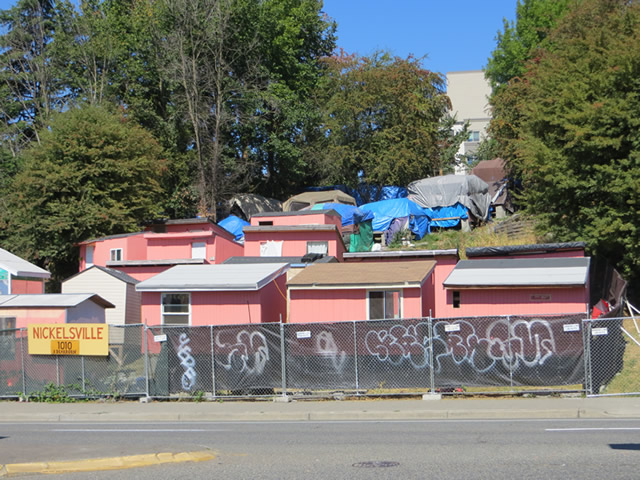
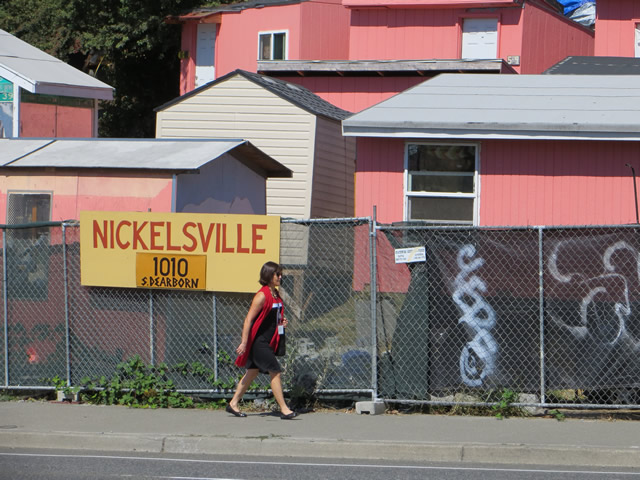
Now the surrounding area . . . Several people have pitched tents in the greenbelt nearby. This person found a niche at a freeway overpass adjacent to the camp.
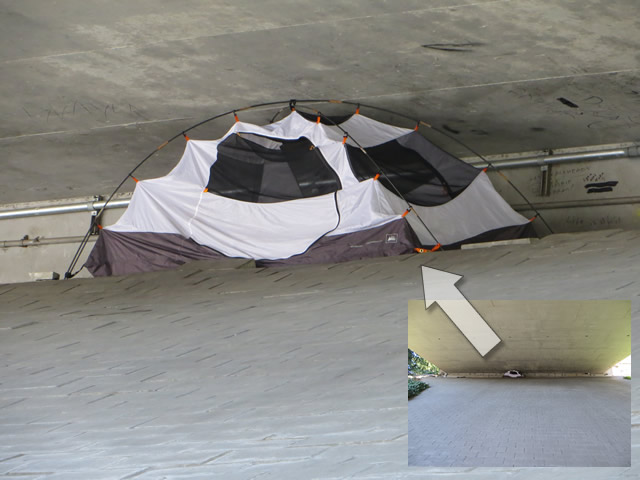
Someone is living out of these boxes . . .
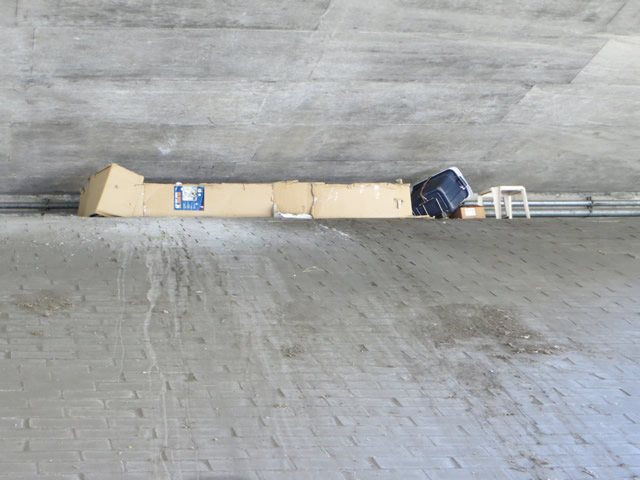
This man seems to have a complete pantry. While I was there, I saw him get up and stagger about. He was clearly either intoxicated or disabled. The embankment is some 30 feet above the street level and has a very steep grade, with no barrier between the sidewalk and the nearby traffic. One wrong move and this guy could trip and roll downhill. Then he’d be out among cars and trucks zipping down the road. Such fatalities have happened in the vicinity. (See this story, for example.)
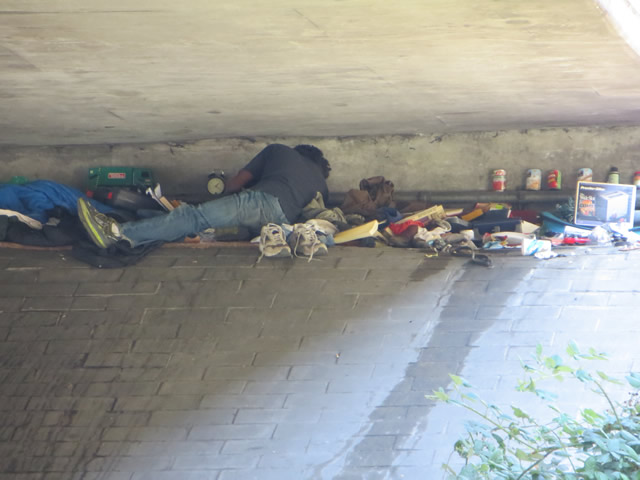
This guy (below) was passed out at the bottom of the embankment, just a few feet away from speeding traffic. This picture shows what I mentioned above, that there is no barrier between the traffic and these people, who are often inebriated.
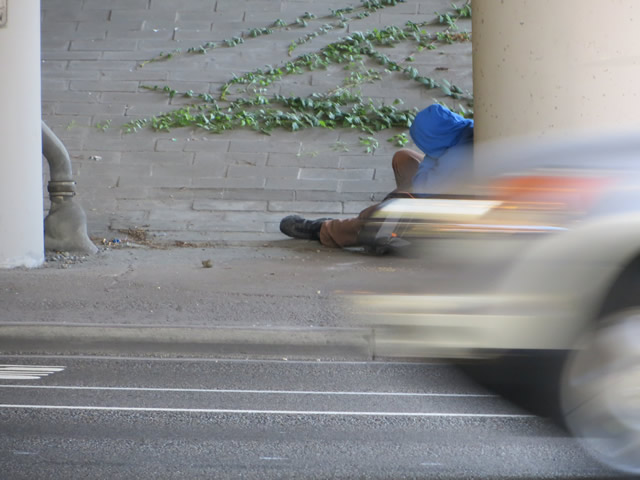
It’s possible that this fellow is a resident of Nickelsville, but that is unlikely. He appears to be a chronic drunk, and drunks are generally discouraged from living there. Chronic drug users have been known at Nickelsville, however, and there are documented reports of drug busts and overdose deaths at various Nickelsville camps.
The man in the picture below is a regular at the busy intersection across the street from Nickelsville. I first noticed him there shortly after the camp moved in. He may be a resident, or he may simply have been encouraged to panhandle there by the camp’s proximity. This is at the bottom of an interstate off-ramp, and drivers must come to a stop at the light here before turning onto Dearborn. At that point, if they look up, they will notice the homeless camp, which may inspire them to give money to the panhandler. Whether he lives there or not, he’s making good use of the camp’s presence. In 10 minutes’ time, I saw several drivers stopping to give him money.
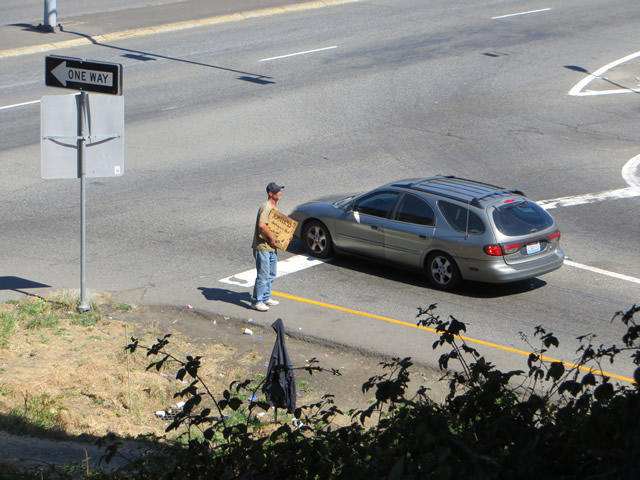
The guy is a distraction to traffic and a safety hazard. When traffic backs up around here, as it does during ball games, panhandlers will sometimes venture out into the street, darting in and out among the slowly moving traffic. Traffic jams are a prime time to panhandle, because drivers are a captive audience then.
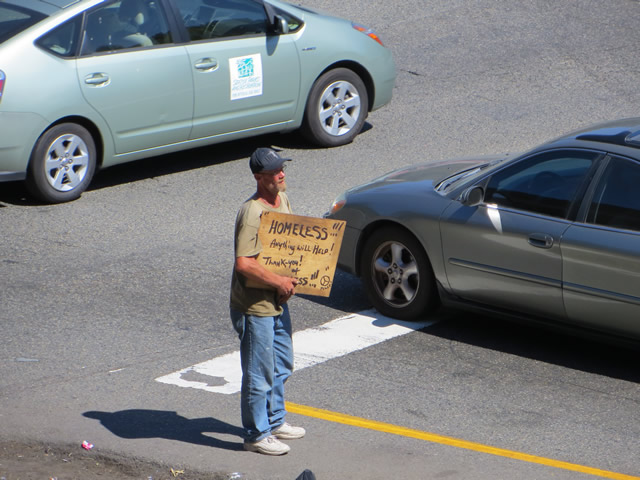
Seattle DOT has posted signs clearly warning people away from the area, but squatters and panhandlers pay these signs no heed, and the law is generally not enforced, unless the authorities are doing a “sweep” of the area.
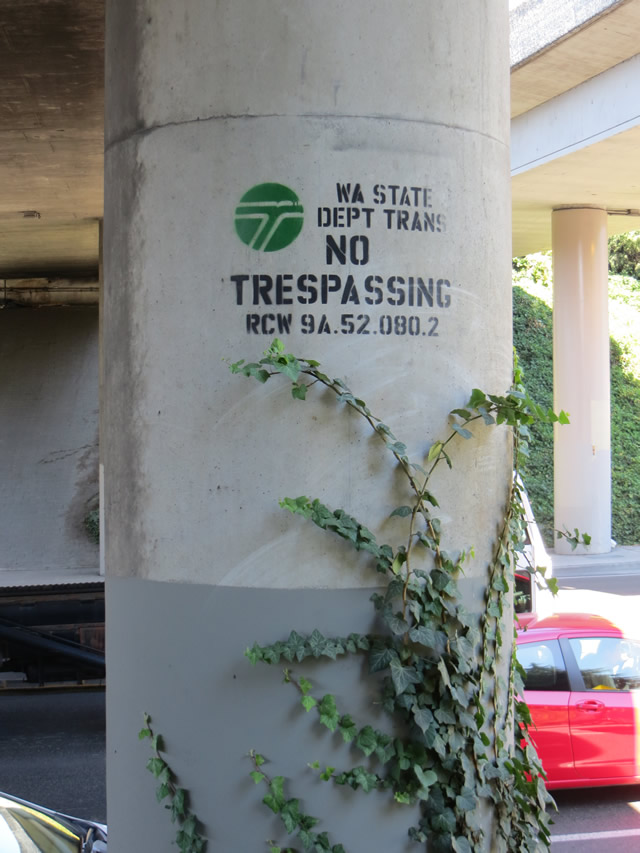
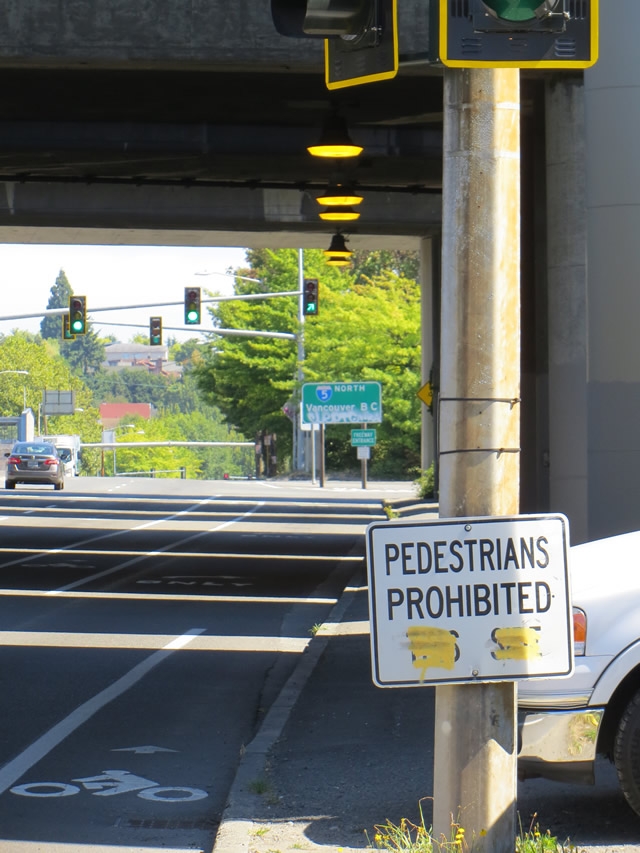
Here are some shots of trash build-up in the area. Sometimes it’s hard to tell the difference between trash and people’s belongings. A bag or shopping cart full of detritus might be junk that needs to be thrown out . . . or it might be someone’s worldly goods. Either way, crap tends to attract more crap, and eventually you will see people dumping large loads of trash here.
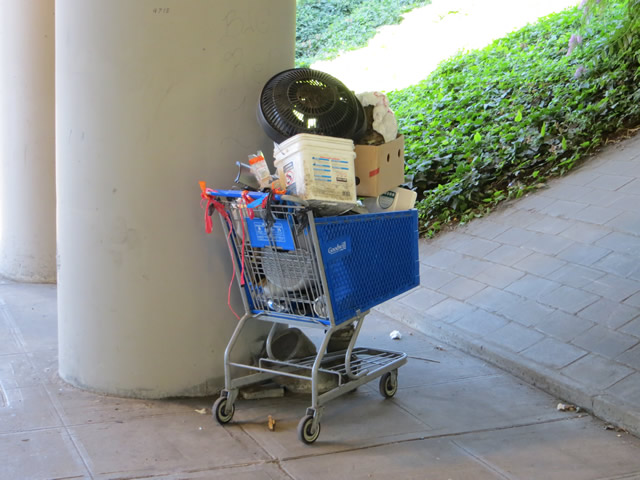
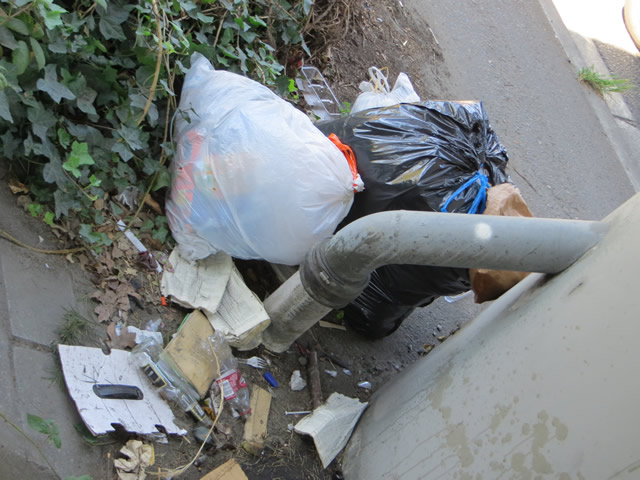
In fairness, I must point out that there are other sites like this around the Seattle area. It’s not strictly a homeless camp-related phenomenon. These makeshift squats tend to occur all along the I-5 corridor, especially where there is cover for them. What I have observed about the homeless camp sites is that:
- There are more street squatters and panhandlers there. And they are more visible.
- There is more trash accumulation around these sites.
- The neighborhood itself takes on a different character, becoming a homeless zone.
I observed this with the Nickelsville camp that was in my own neighborhood of Highland Park for nearly three years starting in early 2011. There had always been a few panhandlers around there, as well as people living in the greenbelts around the camp area. But when the camp arrived, and for several months after it left, the number of street people in the area spiked upward. As I learned later, many of these newcomers were camp cast-offs, people who had once lived in the camp but were ejected for rule violations of one kind or another.
Postscript
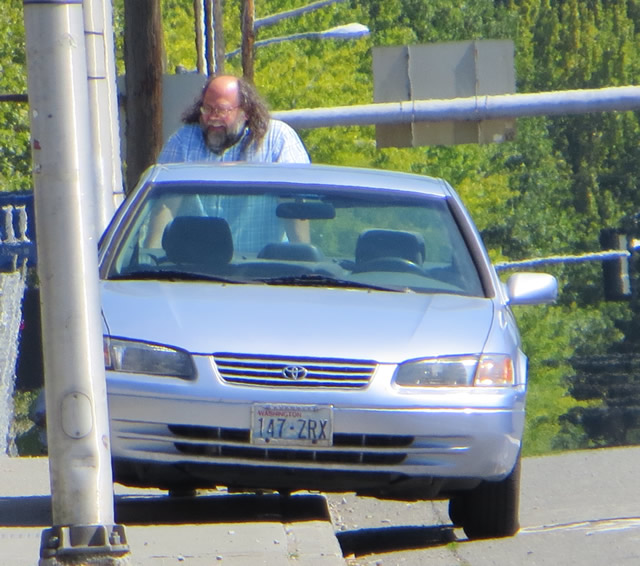
This ^ is Scott Morrow, the man who runs Nickelsville Dearborn and its sister locations throughout Seattle and King County. Morrow is not homeless himself. Far from it. He runs two non-profit organizations that between them taken in hundreds of thousands of dollars in taxpayer money each year. He founded (and still effectively controls) another non-profit that receives tens of millions in taxpayer money. Beyond this direct influence, Morrow and his confederates have powerful connections in Seattle, King County, and Washington state government. Morrow has a paternalistic relationship with the people living in his camps and shelters. When the campers at the Dearborn location voted him out of the camp in late January of 2015, for example, he threatened the whole camp with eviction, whereupon he was immediately returned to power and the rebellious campers removed. (Story here.)
When I asked Morrow to discuss these events with me, he declined. Recently, the City of Seattle signed a contract with Morrow and one of his local non-profit allies to run three homeless camps in Seattle. Previously the camps had been sanctioned but not formally supported by the City. This new agreement changes that. Morrow and his confederates will now be paid taxpayer money to run these camps.
I am trying to get details on that, and to work with the City staff to make a sure a higher standard of accountability is applied to these camps going forward. At a minimum, there needs to be a robust appeals process for campers who have been evicted or otherwise disciplined. The City needs needs to exercise more meaningful oversight of the camps than it has hitherto, and needs to do some meaningful analysis on what, if anything, these camps do to move people out of homelessness.
–David Preston




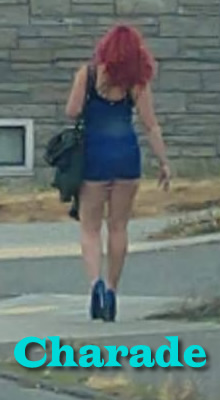
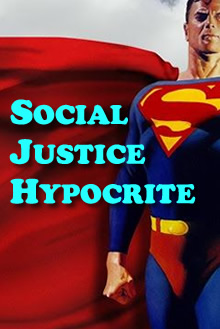





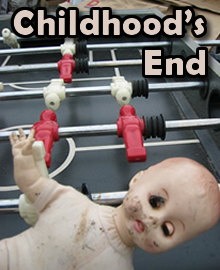






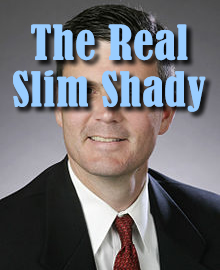


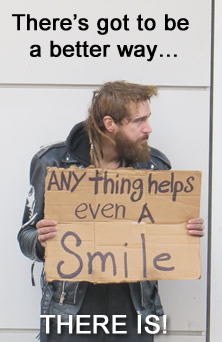
David, I don’t have any answers to our current homelessness problem, but I thought I would provide a bit of context.
I lived in the International District from 2000-2006, and walked around a ton. Since that time at least there has been a homeless community living alongside the Asian American community. In particular, the panhandling spot at the end of the onramp and the encampments in the top corner of underpasses were normal sights to me. All of the areas hidden from cars driving by would attract squalor. When the liquor store was the only place to get hard liquor, it served as an opposite pole to the Jungle magnet.
But things are definitely more extreme now. There are homeless even in places I don’t remember them. And I cannot interpret the impact of the sanctioned camps. O welcomed them initially as a stepping stone and safe haven for the people I saw on the street every day.
I was looking at the neighborhood in mostly a car vs foot perspective, but if you look through my posts and their pictures on this page, maybe it will give you a sense of continuity for some of the problems, http://www.zombiezodiac.com/rob/ped/freewaybox.html
Again The Blog Quixotic’s reporting demonstrates a dreadful lack of investigation.
He founded (and still effectively controls) another non-profit that receives tens of millions in taxpayer money.
You are referring to LIHI, Low Income Housing Institute and Scott Morrow has NO controlling authority at all at LIHI. While LIHI is in partnership with Nicholsville and SHARE, Scott Morrow “effectively controls” none of it.
Sharon Lee supposedly heads up this multi-million dollar organization that’s dedicated to providing housing for low-income people. So why do we see her constantly tagging along behind grubby old Scott Morrow? And why is that whenever the people at Nickelsville vote Morrow out Sharon Lee is right there, threatening to kick everyone out of the camp and close it down if they don’t vote Morrow back in? I’ve heard Ms. Lee speak, and she does not impress me as a very strong personality. I can easily see someone like that being under the control of Mr. Morrow.
I think you give Scott Morrow more power and control than he really has or deserves. I have been in innumerable meetings with Scott Morrow and I can honestly say he is a vindictive, passive-aggressive mess sometimes, but who else do you know that has gone out three times a week for the past twenty, twenty five years and handed out coffee to anyone who needs a cup of coffee??? He asks no questions and pushes no agenda. He only offers you a cup of coffee. He doesn’t even ask for a donation.
I don’t like Scott Morrow personally, he and I disagree often professionally, but he works very hard for a class of people who have NOTHING.
Homelessness is big business and many organizations make millions off of the homeless including government organizations like DSHS. Out of every dollar that DSHS gets I’m curious how much of it actually makes its way to the very people DSHS purportedly helps? I would guess less than half. That is disgusting and deserving of more contempt than Scott Morrow.
Thank you JohnnyB for setting the record straight on who manages LIHI. Sharon Lee is the Executive Director of that organization and NOT Scott Morrow. Make no mistake about that. Sharon is a strong leader.
The incorporation of LIHI as an organization in 1991 resulted from the leadership of three founding board members: Frank Chopp of the Fremont Public Association, Michael Reichert of Catholic Community Services, and Scott Morrow of SHARE. LIHI filled a void in the community for creating self-management and developing innovative housing solutions. Read more about the history at: https://lihi.org/history/
The relationship between these four people goes back to before 1991. However, they all now have taken separate paths in their lives (Sharon with LIHI, Scott with SHARE, Frank Chopp became Speaker of the Washington State House, and Michael Reichert with Catholic Community Services). All are doing good works in my opinion and are helping a lot of people.
It saddens me to see so many others trying to demonize Scott when all he has done has been to dedicate most of his adult life to helping others. Scott may be difficult to get along with especially if you are not following the rules in an encampment but the long term survival of these encampments depends on there being rules for basic behavior and commitments kept. Commitments must be kept or the organization would soon loose credibility with hosts and property owners.